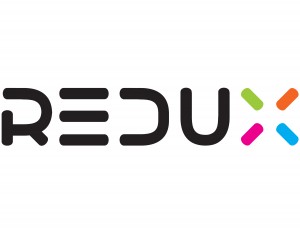Redux has been through a couple of iterations over the years: Originally launched as a platform for social discovery of video, the startup bet big on building an app for Google TV to create a “lean back” experience for navigating channels of online video. Now it’s adding a distribution platform for independent content creators to the mix called Redux for Artists.
When Humble Bundle released its first movie, Kooky, it was Redux that powered distribution for the film. The next project to leverage Redux for Artists will be Smiley, a feature-length film that was a collaboration of YouTube stars like Shane Dawson and Michael Gallagher. Those folks will be distributing the film directly to fans online, selling it for $8 and making it available as a stream or download.
Viewers will be able to watch the film online or on a number of different connected platforms. That includes mobile phones, tablets, and even connected TVs. For that last part, Redux will be leveraging work it did with CE manufacturers to make its video app available on their devices. Redux CEO David McIntosh says that will be available through 40 million connected TV devices in total.
Of course, Redux isn’t the only player to enter this space recently. A few weeks ago, I wrote about VHX, which also launched a distribution platform that is being pitched for creators to release their own videos and sell them directly to fans. VHX was chosen for distribution of Aziz Ansari’s comedy special and the online release of Indie Game: The Movie.
And frankly, there have been a number of platforms over the years that have enabled creators to directly sell their videos to the public, and they’ve all kind of failed. So what is it about the current environment that makes self-distribution an actual viable business right now? If you ask McIntosh, there are a number of factors at play.
For one thing, people aren’t just watching these digital movies on their computers anymore. We’ve reached a critical mass of connected TVs and other devices that allow for streaming to the biggest screen in the house. There’s also a number of portable viewing devices — like smartphones and tablets — that people watch videos on as well. In a lot of ways, Netflix has helped lead the charge with its connected device strategy.
With all those pieces in place, independent content creators no longer need to go through a movie studio or TV network to amass a large audience of viewers. Instead, they can sell directly to fans instead. That’s good news for creators and good news for fans, as they generally get more freedom and flexibility to consume content.
